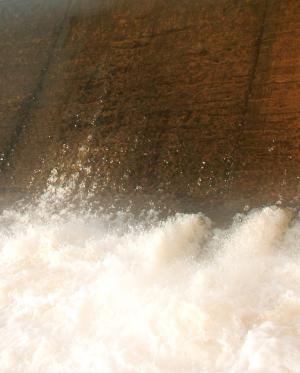In the Pacific Northwest, you either spill water or spill wind.
Bruce W. Radford is publisher of Public Utilities Fortnightly.
Back in 1941, when Woody Guthrie sang the praises of the Grand Coulee dam (“to run the great factories for old Uncle Sam … Roll on, Columbia, roll on”), he likely never imagined that its owner, the Bonneville Power Administration (his songwriting patron), might someday be forced to give away its clean, green hydropower for free, or even pay customers to agree to take it.

Yet that is exactly where BPA could find itself today, due to the interplay of high water runoff, weak local load, and a huge, sudden influx of wind-powered generating capacity in the Pacific Northwest.
That prospect arises under one of the most complex cases to be brought before the Federal Energy Regulatory Commission in years. In essence, the wind industry has asked FERC to rule that if BPA wants to continue to play its traditional New Deal role in bringing cheap power to the people, while simultaneously promoting irrigation, agriculture, flood control, recreation, fish and wildlife, and other environmental aims, it will need to do so under modern-day market precepts—which, under certain conditions of stream-flow dynamics and electric supply and demand, might imply a zero or even negative price for its hydro output.

